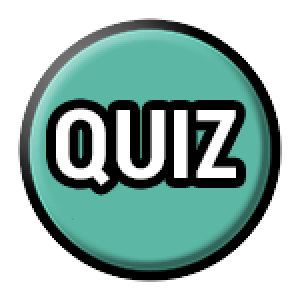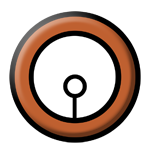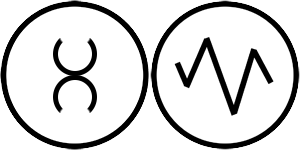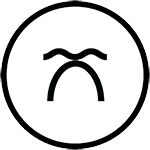
Take the Lesson 1 roundup quiz!
%3Ch2%20style%3D%22text-align%3A%20center%22%3ECongratulations!%3C%2Fh2%3E%0A%3Ch3%20style%3D%22text-align%3A%20center%22%3EYou%20have%20completed%20Lesson%201.%3C%2Fh3%3E%0A%3Cp%20style%3D%22text-align%3A%20center%22%3EYou%20can%20see%20your%20results%20below.%3C%2Fp%3E%0A%5Bwpv-post-body%20view_template%3D%5C%22lesson-pagination%5C%22%5D
%3Ch3%20style%3D%22text-align%3A%20center%22%3EOops!%20You%20did%20not%20answer%20all%20the%20questions%20correctly.%3C%2Fh3%3E%0A%3Cp%20style%3D%22text-align%3A%20center%22%3EYou%20can%20see%20your%20results%20below.%3C%2Fp%3E%0A%5Bwpv-post-body%20view_template%3D%5C%22lesson-pagination%5C%22%5D
The symbol used for a kick drum shows the round drum and the pedal.

Plosives are made by stopping the airflow using the lips, teeth, or palate, followed by a sudden release of air. Think of them as explosive sounds!

This is the Classic Kick Drum sound – a forced bilabial plosive!
There are four different kinds of bilabial sounds. Each iconophonic uses the two lip shapes (side on view). The bilabial plosive has the two lip shapes touching with no interconnecting lines or circles.
Bi means two and Labial means lips. Therefore bilabial means two lips.

The soft palate is represented using a wiggly line and the tongue is represented using a curve. The two parts are touching.
BZZKTT Version 8.2 • © 2015-2020 Gavin ‘Beatbox’ Tyte (aka TyTe) • All Rights Reserved
BZZKTT is kindly hosted by Alex Tearse from Reefnet.
Special thanks to Alex Tearse, Paul Arnett, Michael Wyatt, Tyler Thompson, Helen Tyte, David ‘Goznet’ Gosnell, and Jerusalem Productions.